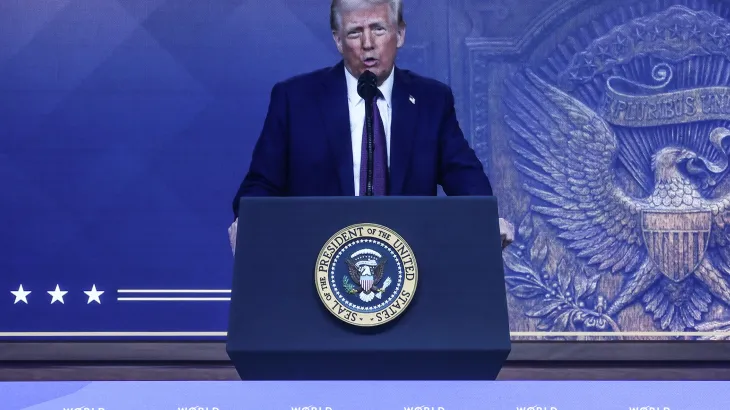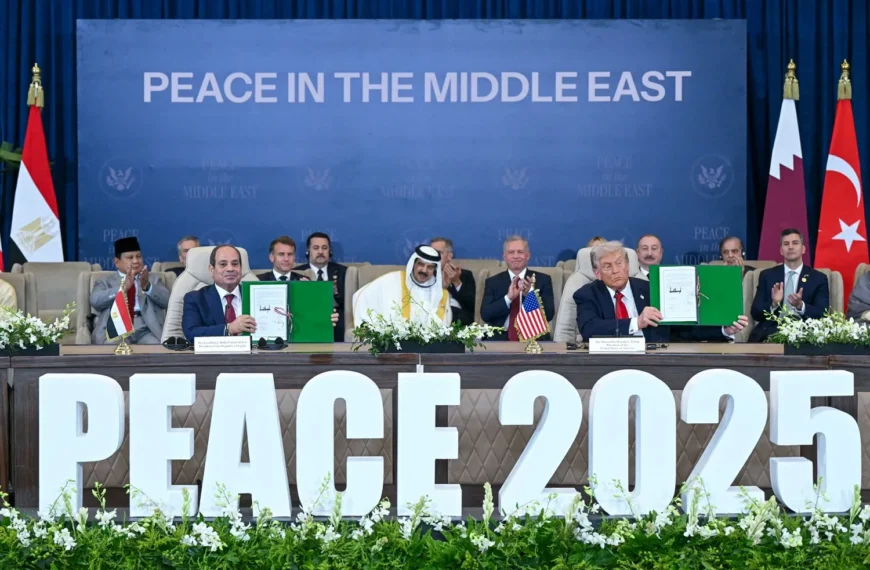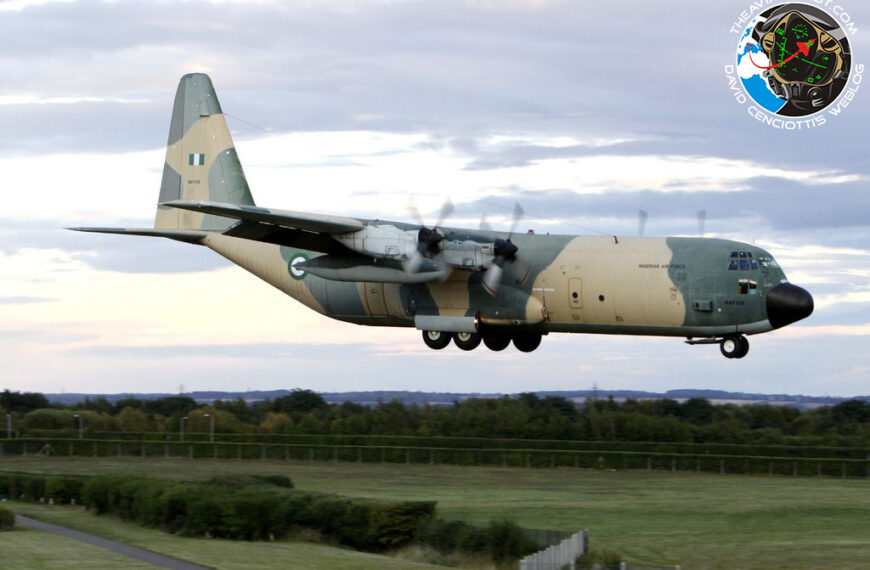June 22, 2025
In a significant escalation of Middle East tensions, the United States has formally entered the ongoing conflict between Iran and Israel. After weeks of mounting hostilities—including missile exchanges, drone strikes, and proxy engagements across the region—U.S. military forces have begun direct operations against Iranian targets. This move marks a turning point in the conflict and raises questions about the broader implications for regional stability, global energy markets, and international security.

Background of the Conflict
The Iran-Israel conflict has simmered for years, often fought indirectly through proxy groups such as Hezbollah in Lebanon and various militias in Syria and Iraq. However, the situation intensified in recent months following suspected Israeli strikes on Iranian nuclear facilities and Iranian missile attacks targeting Israeli cities. These developments created a rapidly deteriorating security environment, prompting wider regional concern.
As Iranian-backed groups increased attacks on Israel from Lebanon and Syria, and Iranian forces directly engaged Israeli military assets, Washington moved from diplomatic support to military intervention.
Why the U.S. Is Involved
The U.S. decision to join the conflict stems from several key factors:
- Strategic Alliance: The United States and Israel maintain a longstanding security partnership. Israeli leaders requested assistance as missile attacks overwhelmed their air defense systems and strained military capacity.
- Regional Stability: The U.S. aims to deter further escalation by Iran and its allies, including Hezbollah and militias in Iraq and Syria. American officials have stated their involvement is meant to “stabilize the region and protect U.S. interests.”
- Protection of Oil Routes: With rising threats to shipping through the Strait of Hormuz, the U.S. Navy has been tasked with securing vital maritime trade routes that are critical to the global oil supply.
What Is Happening Now?
American air and naval forces are conducting strikes on key Iranian military installations, including missile launch sites and Revolutionary Guard bases. U.S. military presence in the Persian Gulf and Eastern Mediterranean has increased significantly, with carrier strike groups coordinating operations with Israeli defense forces.
In response, Iran has warned of a broader retaliation and has vowed to strike U.S. bases in the region. Iranian proxy groups have also launched attacks on American military outposts in Iraq and Syria, leading to casualties and raising concerns about a regional war involving multiple countries.
Possible Outcomes
The U.S. involvement in the Iran-Israel conflict could lead to several possible scenarios:
- Full-Scale Regional War: If Hezbollah, Iraqi militias, and other Iranian allies escalate attacks, a multi-front war could engulf Lebanon, Syria, Iraq, and even the Gulf states.
- Global Economic Impact: Oil prices have surged in response to the conflict. Any sustained disruption to energy flows from the Middle East could impact global inflation, trade, and economic growth.
- Diplomatic Intervention: The international community, including the United Nations, European Union, and key regional powers like Turkey and Qatar, may push for a ceasefire. However, immediate prospects for diplomacy remain uncertain.
- Cyber and Terror Threats: The U.S. Department of Homeland Security has warned of possible Iranian cyberattacks and the activation of proxy networks that could threaten American assets and civilians abroad.
International Reactions
Global reactions have been mixed. European allies have expressed concern about the potential for escalation and urged restraint on all sides. Russia and China have criticized U.S. intervention, calling for a negotiated solution and warning against further destabilization of the region.
Arab states have taken a cautious stance, with some quietly supporting U.S. efforts to contain Iran, while others fear becoming targets in a widening conflict.
What Comes Next?
Much will depend on the duration and intensity of the U.S. military campaign, and whether Iran chooses to escalate further or seek a negotiated settlement. In the meantime, regional tensions remain high, and the risk of miscalculation is growing.
As the U.S. deepens its involvement in the conflict, the global community watches closely—hoping for de-escalation, but preparing for the possibility of a much larger and longer war.
















